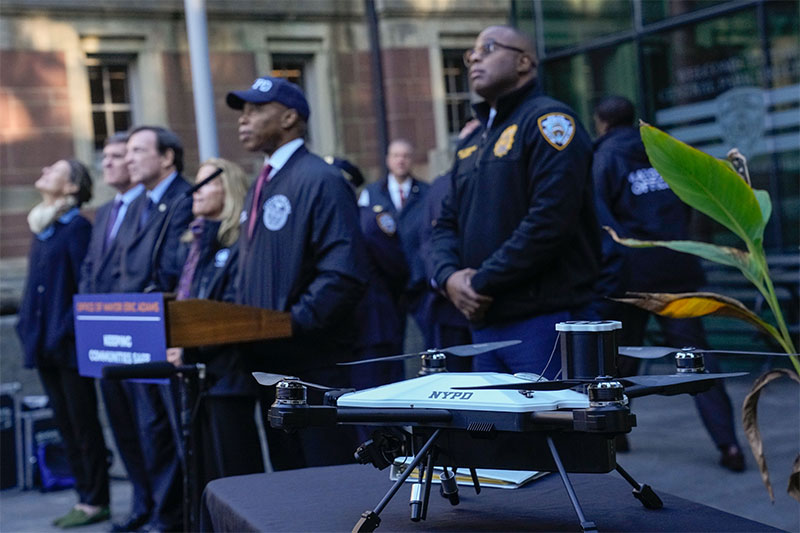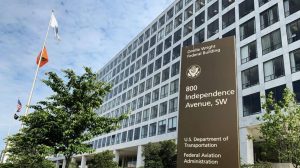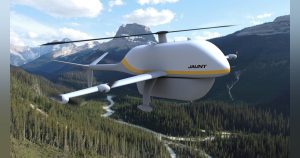New York City’s Drone Operations Committee: Enhancing Urban Safety and Innovation
If you ever hoped to see a superhero send in a fleet of drones for backup, New York City is making strides in that direction. In July 2025, NYC launched its inaugural Drone Operations Committee, marking a significant step towards using cutting-edge drone technology to bolster urban safety, transforming drones into essential partners for public safety.
This detailed guide explores what this development means for residents, public safety entities, drone professionals, tech enthusiasts, and businesses both in NYC and beyond.
Importance of the NYC Drone Operations Committee
In a city constantly rewriting the book on public safety, Mayor Eric Adams introduced the Drone Operations Committee, appointing Deputy Mayor for Public Safety Kaz Daughtry as its chair. This committee unites leaders from the NYPD, Fire Department, Emergency Management, Parks & Recreation, Buildings, and Environmental Protection, working together for coordinated drone operations across the city.

Key objectives include:
- Coordinating drone programs among various agencies,
- Establishing unified policies and best practices,
- Overseeing interagency drone training and fostering innovation.
As Adams expressed, “Drones are the future of public safety.” While this reflects a national shift, NYC stands out as a top-tier testing ground for urban drone deployment.
The Driving Forces Behind NYC’s Drone Expansion
From Emergency Responses to Day-to-Day Safety
- DFR Initiative by NYPD: This allows drones to be autonomously deployed from police precincts, arriving at scenes ahead of officers and providing real-time, high-definition video.
- Crime Surveillance: When suspects flee, drones enable instant aerial surveillance and tracking.
- Beach and Event Safety: Drones patrolling beaches watch for swimmers in distress or potential shark activity, also aiding in safety during public events.
- Crisis Management: Essential in monitoring large events, protests, and natural disasters, drones help manage evacuations and safeguard critical infrastructure.
- Subway Surveillance: Drones are used to deter and detect dangerous activities like subway surfing.
Drones act as force multipliers, delivering safety and insights without risking human lives, as stated by Deputy Mayor Daughtry.
Operational Structure of the Committee
Who Contributes?
- Chair: Deputy Mayor for Public Safety Kaz Daughtry.
- Participating Agencies: NYPD, FDNY, Emergency Management, Parks & Recreation, Buildings, and Environmental Protection.
Roles and Responsibilities
Although each agency controls its drone operations, the committee will:
- Formulate citywide drone policies and training standards,
- Facilitate emergency interagency coordination,
- Evaluate emerging use cases and technology adoption,
- Coordinate public communication and ensure privacy compliance.
The Emergence of DFR in New York
The Drone as First Responder (DFR) concept is rapidly evolving, with drones being deployed as quickly or even more swiftly than traditional emergency responders. The NYPD uses DFR to respond to issues like noise complaints or large gatherings, offering rapid situational assessments.
Advantages include:
- Quick Response: Drones reach locations swiftly, often faster than vehicles in crowded areas,
- Enhanced Safety: Real-time aerial views aid professionals in assessing on-ground risks,
- Efficiency: Minimized risk and resource strain, allowing staff to focus on complex interventions.
Navigating NYC’s Drone Regulations
Flying drones in NYC requires navigating both federal and local regulations.
- Permits are Necessary: Takeoff or landing requires authorization, with some exceptions.
- Insurance is a Must: Commercial operators must maintain substantial liability coverage.
- Advance Notification: Filming activities require notifying the relevant community boards.
- Public Notices: Warnings must be visible within a 100-foot radius of launch or landing areas.
- Application Reviews: NYPD and DOT, alongside other bodies, review applications depending on activity and location.
- FAA Compliance: Flights must adhere to FAA regulations, including drone registration and pilot certification.
For instance, a drone team filming in Central Park needed to secure permits, coordinate with city departments, attend community hearings, carry insurance, and post area notices, highlighting NYC’s complex but doable regulatory environment.
Addressing Privacy Concerns
Mixed reactions meet the rising use of drones in NYC — some see potential benefits in safety, while others fear privacy violations, especially during high-profile events.
NYC’s strategies include:
- Communicating Transparency: Agencies must publicly disclose when and where drones are used for surveillance.
- Data Protocols: Stringent measures for data handling and dissemination.
- Privacy Oversight: The committee aims to establish and enforce privacy standards.
While drones offer significant safety benefits, community engagement is crucial for maintaining public trust.













